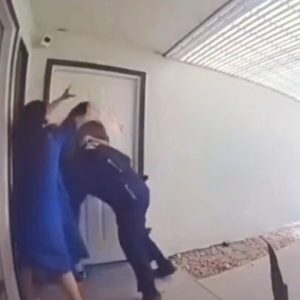In 1996, six-year-old JonBenét Ramsey was found murdered in her Boulder, Colorado home the day after Christmas, sparking one of the most infamous unsolved cases in U.S. history. She had been strangled, struck on the head, and left with a cryptic ransom note demanding $118,000.
From the start, the investigation was marred by serious missteps — evidence contamination, mishandled leads, and intense public suspicion toward the Ramsey family. For years, police focused heavily on the parents and JonBenét’s older brother, Burke, while signs pointing to an intruder — an open basement window, a boot print, and unknown male DNA — were largely overlooked.
In 2003, forensic testing confirmed that DNA from an unidentified male was present on JonBenét’s clothing, officially clearing the family by 2008. Still, no match emerged. The case languished until recent advances in forensic genetic genealogy — the same method that caught the Golden State Killer — revived hope. In 2025, investigators began re-examining all evidence, with experts estimating a 60–70% chance of identifying the suspect.
Nearly three decades later, the Ramsey family continues to push for answers. While justice may finally be within reach, the case stands as a cautionary tale about the damage caused by tunnel vision, flawed police work, and media sensationalism. For those who loved JonBenét, the goal is not closure — but truth.





